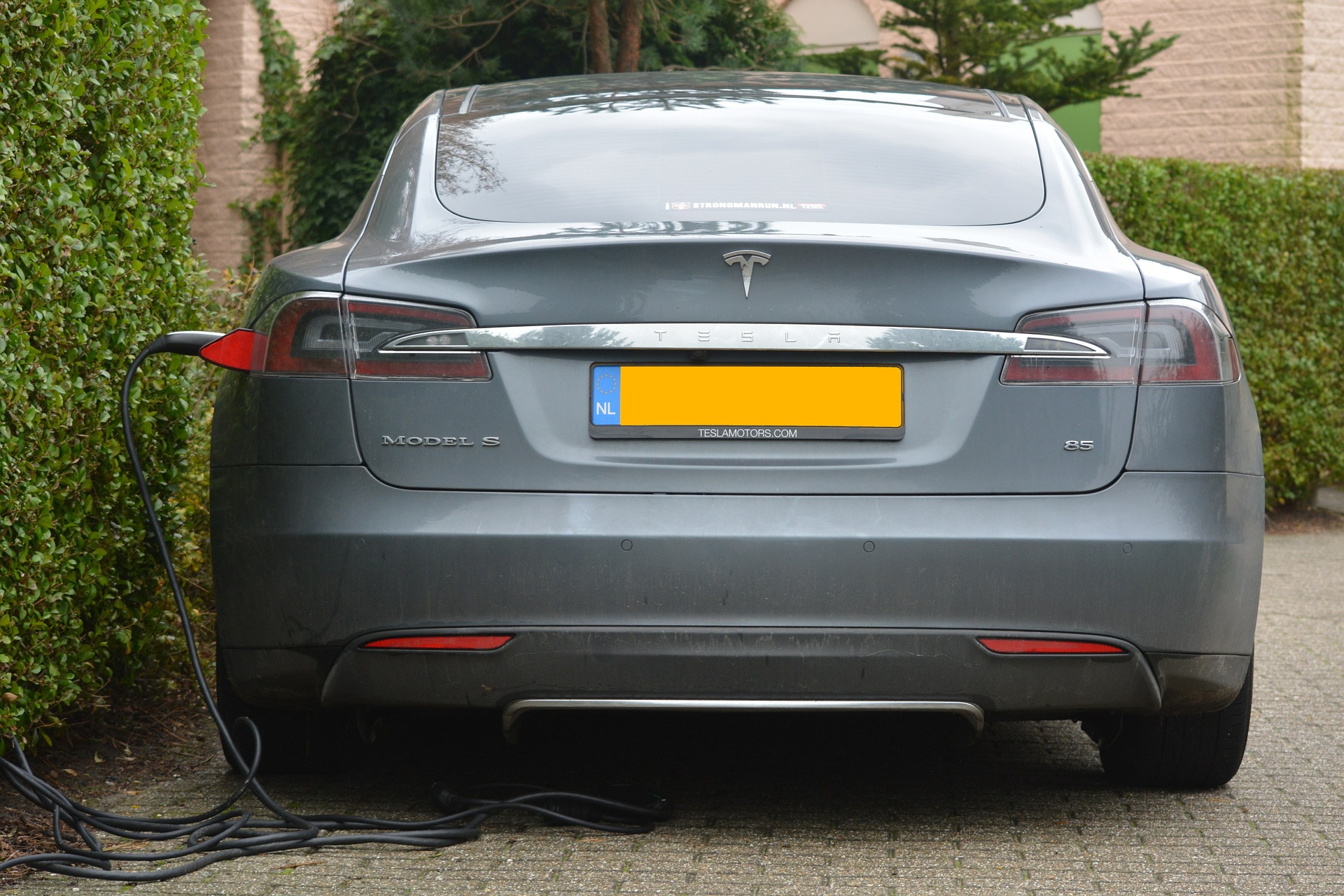
30 May Gridlock: Examining The Electric Car’s Darker Side
By Joseph Gunning, Policy Analyst
The upcoming release of Tesla’s Model 3 electric car is perhaps the long-awaited bellwether for the electric car’s breakthrough into the mainstream. For many, the rise of the electric car is inexorably tied to the death of the internal combustion engine as a means of powering motor vehicles. Indeed, the idea of solar panels on a suburban household charging up a slick all-electric supercar ties in well with the life goals of many sustainability-conscious individuals. However, some less slick realities of energy may mar the idyllic image of a society filled with electric vehicles zooming along quietly on the nation’s freeways.
The main issue with electric cars are not in the carbon footprints of the vehicles themselves, but rather, it is with the energy production implicit in the charging and use of their batteries. As of 2015, around 83% of all energy produced in the U.S. is generated from non-renewable sources, and 67% is produced from fossil fuels.
Furthermore, a recent Yale study found that depending on the length of an EV’s lifecycle and energy origins, the environmental impacts and carbon footprint could be “indistinguishable” from a conventional diesel-powered vehicle. This impact is largely generated by variances in regional power production mixes, and the environmental impact caused by the lithium batteries powering EVs.
These caveats don’t mean that electric cars are inherently incapable of replacing ICE vehicles as a more sustainable option. In fact, in many ways, they are more sustainable. Take for instance the amount of energy needed to travel 100 miles is far less in an EV vs an ICE vehicle, 144 MJ vs 215 MJ. This means that a coal-powered EV releases around 1 LB less CO2 into the atmosphere compared to an ICE vehicle. Natural gas-powered EVs are even better, releasing 10 LBs less than ICE vehicles.
However, these issues on electricity source and lifetime usage do raise important questions about long-term energy strategy and battery production, as well as the role in subsidies for EV consumers and producers. For one, the proper mix of energy sources is important in optimizing the efficiency potential of the EV and in minimizing their carbon footprint. And as for the batteries themselves, more efficient methods of production and proper disposal procedures will be key in reducing the lifetime environmental impact of EVs. Also, the role of tax incentives and other subsidies must be critically analyzed to avoid stagnation in innovation and rewarding of sub-par products. Finally, consumers need to realize that, while the positive impacts of EVs can and will be substantial, by no means should they be considered a panacea for global warming. Consumers should dispose of their used EVs properly and be aware that purchasing a state-subsidized EV should be evaluated on their projected usage of the vehicle and of the energy production sources on their region’s power grid.
Joseph Gunning is a Policy Analyst for the Center for Development & Strategy




